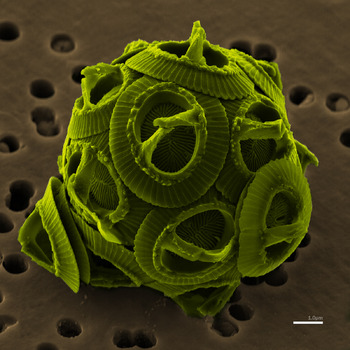- Joined
- Dec 2, 2013
- Messages
- 3,237
- Reaction score
- 2,159
- Location
- Florida
- Gender
- Male
- Political Leaning
- Libertarian - Left
Baby Tortoises Show Up in the Galapagos For the First Time In Over a Century
You may think 2015 has been full of gloom and doom, but there is plenty of good news out there if you know where to look. It includes the wonderful news that baby tortoises have been spotted for the first time in over 100 years in the Galapagos. There hadn't been one single baby tortoise sighting in more than a century on the Galapagos Island of Pinzon, until a small group of the tiny, shelled youngsters were spotted this year.
You may think 2015 has been full of gloom and doom, but there is plenty of good news out there if you know where to look. It includes the wonderful news that baby tortoises have been spotted for the first time in over 100 years in the Galapagos. There hadn't been one single baby tortoise sighting in more than a century on the Galapagos Island of Pinzon, until a small group of the tiny, shelled youngsters were spotted this year.

